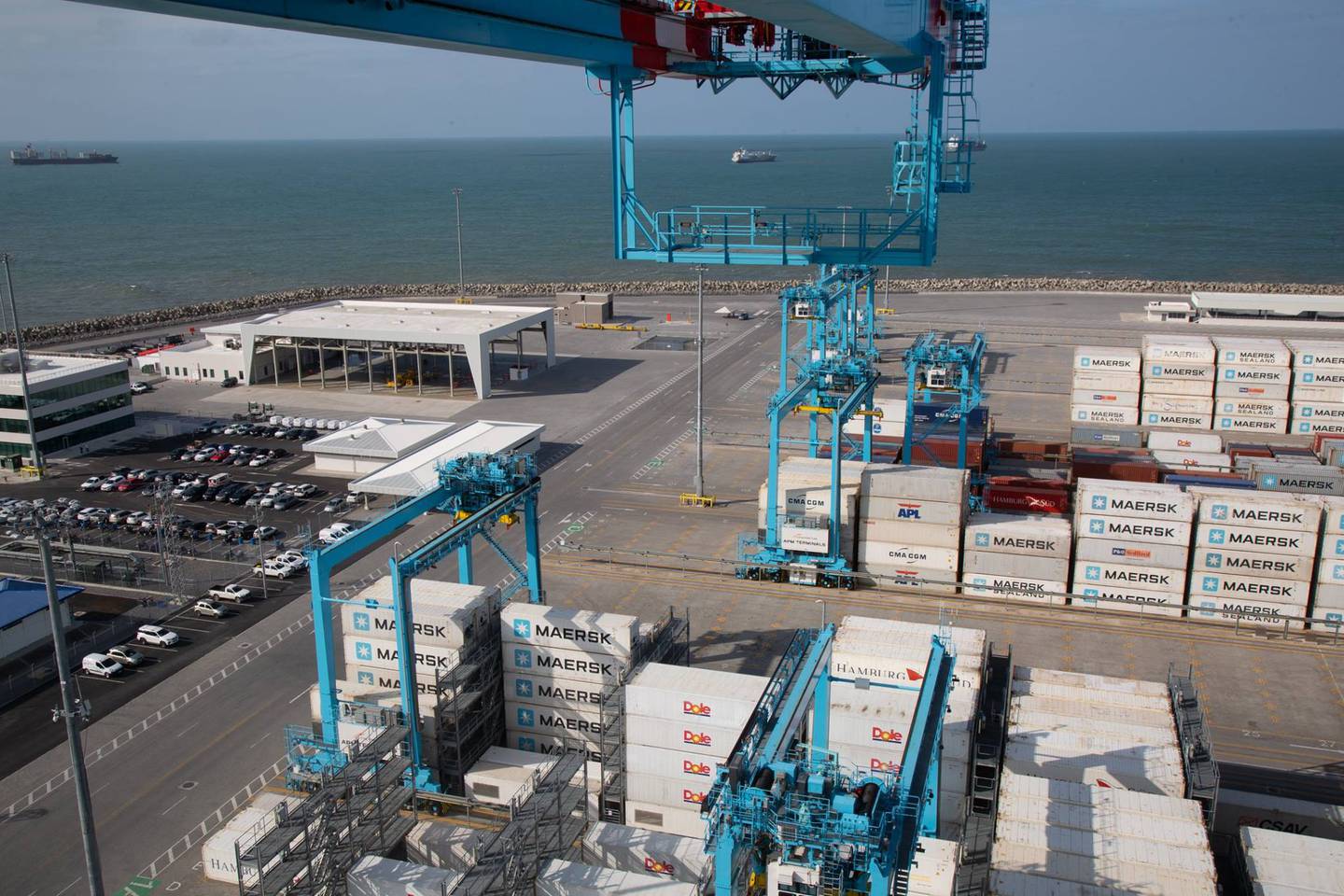Central America is a region highly dependent on trade with the United States, but economic relations with China have accelerated and expanded rapidly in recent years.
The eight countries that make up the Central American Integration System (SICA) are polarized regarding the diplomatic recognition of the People’s Republic of China and Taiwan.
In the region, the first country to establish diplomatic relations with China was Nicaragua in 1986, during the first term of Daniel Ortega.

However, in 1990, when Violeta Chamorro came to power, she decided to re-establish diplomatic recognition of Taiwan.
So, for a long time, all the SICA countries maintained relations with the island, until in 2007 Costa Rica broke ties.
“For close to ten years, Costa Rica was the only country that recognized the People’s Republic of China, but a kind of domino effect has been taking place in which subsequently Panama (2017), the Dominican Republic (2018), El Salvador (2018) and Nicaragua (2021) have established diplomatic relations with China”, said Sergio Rivero, associate researcher in China Affairs of the General Secretariat of the Latin American Faculty of Social Sciences (FLACSO).
The political scientist specializing in the Chinese economy recalled that since the mid-1990s, the Dominican Republic and Panama signed a series of agreements with Beijing to reciprocally establish trade representation offices, which had functions to promote trade and tourism activities with China, as well as consular services. So it came as no surprise that these two countries eventually broke relations with Taiwan.
Meanwhile, Honduras, Guatemala and Belize remain diplomatic allies Taiwan, being three of the 14 states worldwide, along with Haiti, Paraguay, Saint Kitts and Nevis, Saint Lucia, Saint Vincent and the Grenadines, Swaziland, Vatican City , Marshall Islands, Nauru, Palau and Tuvalu.
CHINA AS A TRADING PARTNER
China is occupying a more important role in the region. By 2020, 20.2% of exports from SICA countries to Asia went to that market, while 8.8% to Taiwan.
On the other hand, 58% of imports from Asia came from China and 3% from Taiwan, according to the Central American Trade Statistics System.
According to the result, the Asian giant is the fifth destination for Central American exports, after the United States, the Netherlands, Belgium and Mexico, and above Spain, Japan, Germany, the Dominican Republic and the United Kingdom, to complete the top ten places.
On the import side, China is the region’s second largest merchandise trading partner, purchasing petroleum oils, medicines, cell phones and wireless network equipment, corn, data processing machines and their units, gas oil tanks, vehicles for transporting people and goods, surgical instruments and food preparations.
“It is an asymmetrical relationship in the sense that we import much more than we export,” said Rivero, at a conference organized by FLACSO.
“However, it is a dynamic relationship in the sense that it has been growing, but also complementary, because what we buy from China are products that we obviously do not produce and that we need to live.”
According to the specialist, Central America has the challenge of assuming structural reforms, where China can become a strategic partner for the economic development and competitiveness of the region.
“For that, I do firmly believe that there is a need to define a joint trade and cooperation agenda among the countries of the SICA region, which allows coordination of efforts with the intention of maximizing the potential of the new relationship with China,” Rivero said.
With information from Bloomberg

